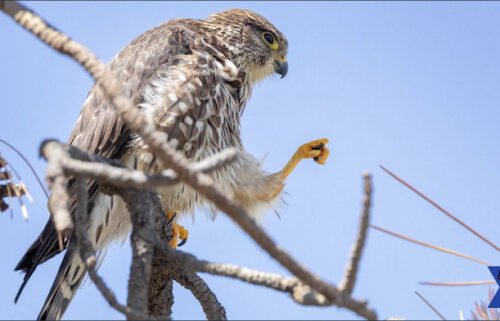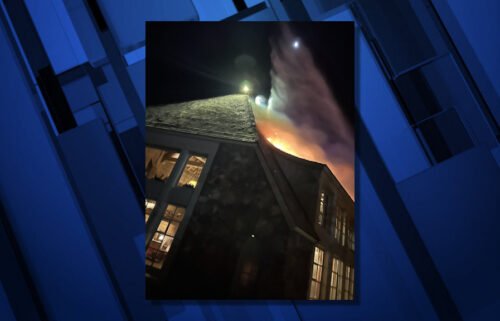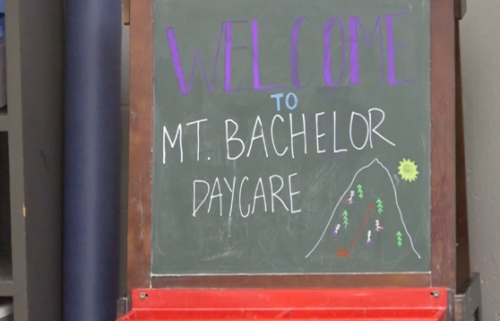Special report: Overnight army preps Mt. Bachelor slopes
NewsChannel 21 tagged alone for exclusive behind-the-scenes look
MT. BACHELOR, Ore. (KTVZ) -- As the sun sets on Central Oregon, skiers and snowboarders get their last laps in at Mt. Bachelor. Then, an army of workers climb into giant machines to shape the slopes for the following day.
NewsChannel 21 recently got an exclusive look at the work that goes on behind the scenes.
When many are going to sleep, Parker Bohon is just getting started.
Bohon began operating Sno-Cats in California in 2008. Now, he's in his third season at Mt. Bachelor.
"I’ve been doing it for a while, but it never gets old," Bohon said last Wednesday.
Bohon is one of 33 Sno-Cat operators at the mountain, but one of nine who focuses on the terrain parks.
"It takes a team, it takes a village -- nobody does this by themselves," Bohon said.
Some operators work a swing shift, from last chair at 4 p.m. until midnight. Other operators, like Bohon, work the graveyard shift, from midnight until first chair at 9 a.m.
Altogether, the operators cover about 1600 acres on the mountain. The night NewsChannel 21 tagged along for a ride, Bohon's job was to groom a 25-acre spot on the east side, including the new Otter Rock terrain park.
To put it simply, Bohon pushes snow with the blade on the front of the Sno-Cat, processes it with the tracks which run along the middle portion, then grooms it with the tiller in back.
With 12 years of experience, Bohon made it look easy. He said taming the trails is a very technical task. For one, you're handling a machine that's 18 feet wide and 29 feet long. The machine can also cost up to half a million dollars, controlled by the tip of your fingers.
"You're being asked to manage a piece of equipment, and be responsible for it during your shift, that's probably worth more than any house I will ever own in my lifetime," Bohon said from behind the controls.
The modern Sno-Cat was invented in 1946 in Medford. Mt. Bachelor has 15 Sno-Cats in operation. Five are dedicated to the terrain park, while nine others groom the alpine slopes and one shapes the Nordic trails. Bohon said each one has a lifetime of at least 10,000 hours.
The NewsChannel 21 crew caught Mt. Bachelor on a mellow night, with clear skies, calm winds and average temperatures. But of course, Bohon said that's not always the case. Fierce storms can move in at any time of day or night.
"Sometimes, you don't know where you are,” Bohon said. “Vertigo comes into play a little bit."
No matter the condition, though, Bohon said he has the best job in the world.
"We're enhancing people's lives,” Bohon said. “That, to me, is the reason why I wake up every night at 10:30 to come here and jump in a machine. I have a piece of ownership there too, having a family and a little girl, she comes up here and rides this stuff. It's full circle for me."
Another reason? Priceless moments, like a glorious Central Oregon sunrise.
"Pretty cool, huh?!" Bohon said, gazing at the horizon.
"It's kind of like orange juice -- it's motivating,” Bohon said. “Or coffee. It's like, 'Oh! The sun came up. Yes! Awesome! Look at it, it's beautiful!'"
So next time you're on the mountain, think about Bohon and the other Sno-Cat operators. They work a thankless job, but it's one we're all thankful for.




